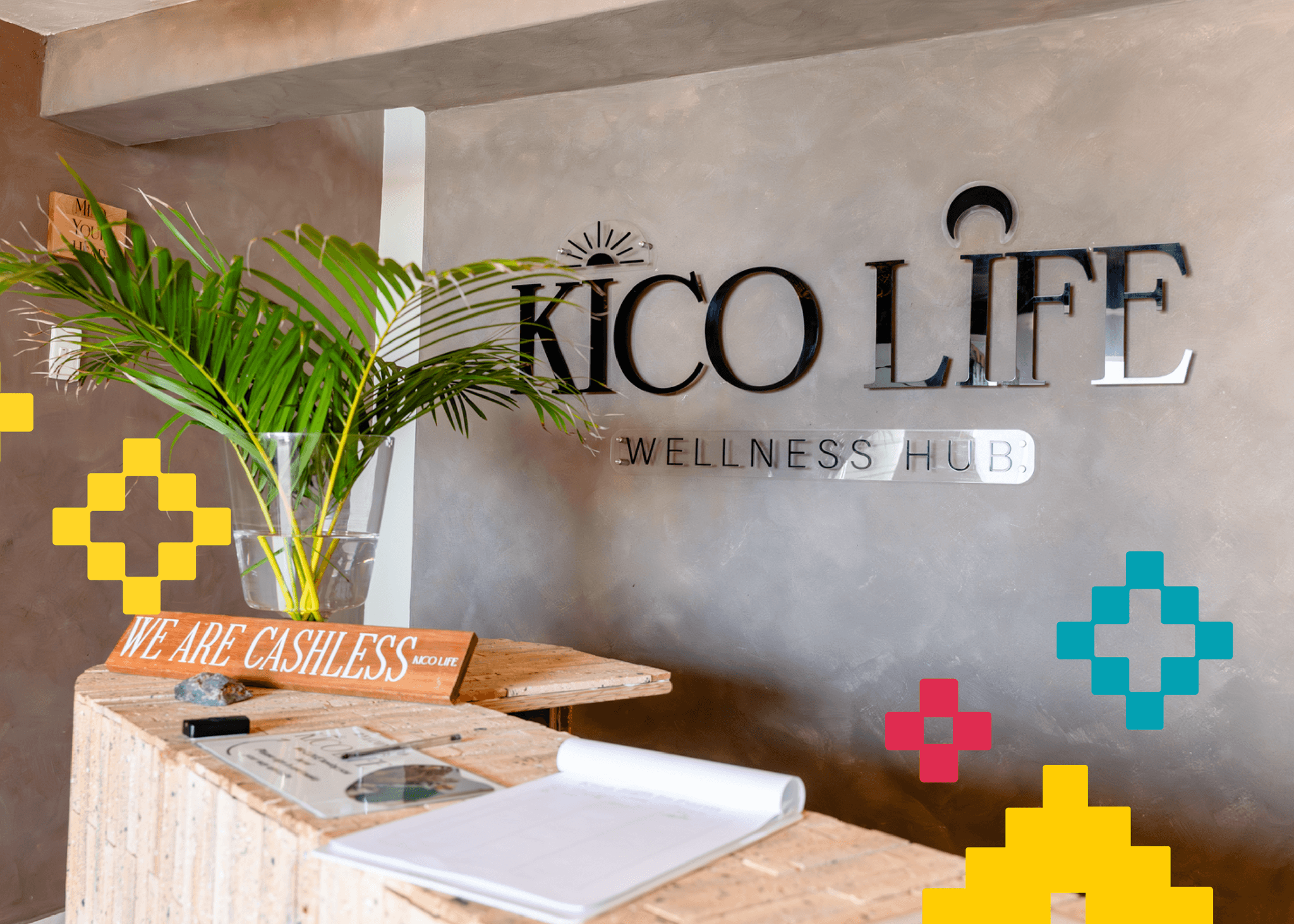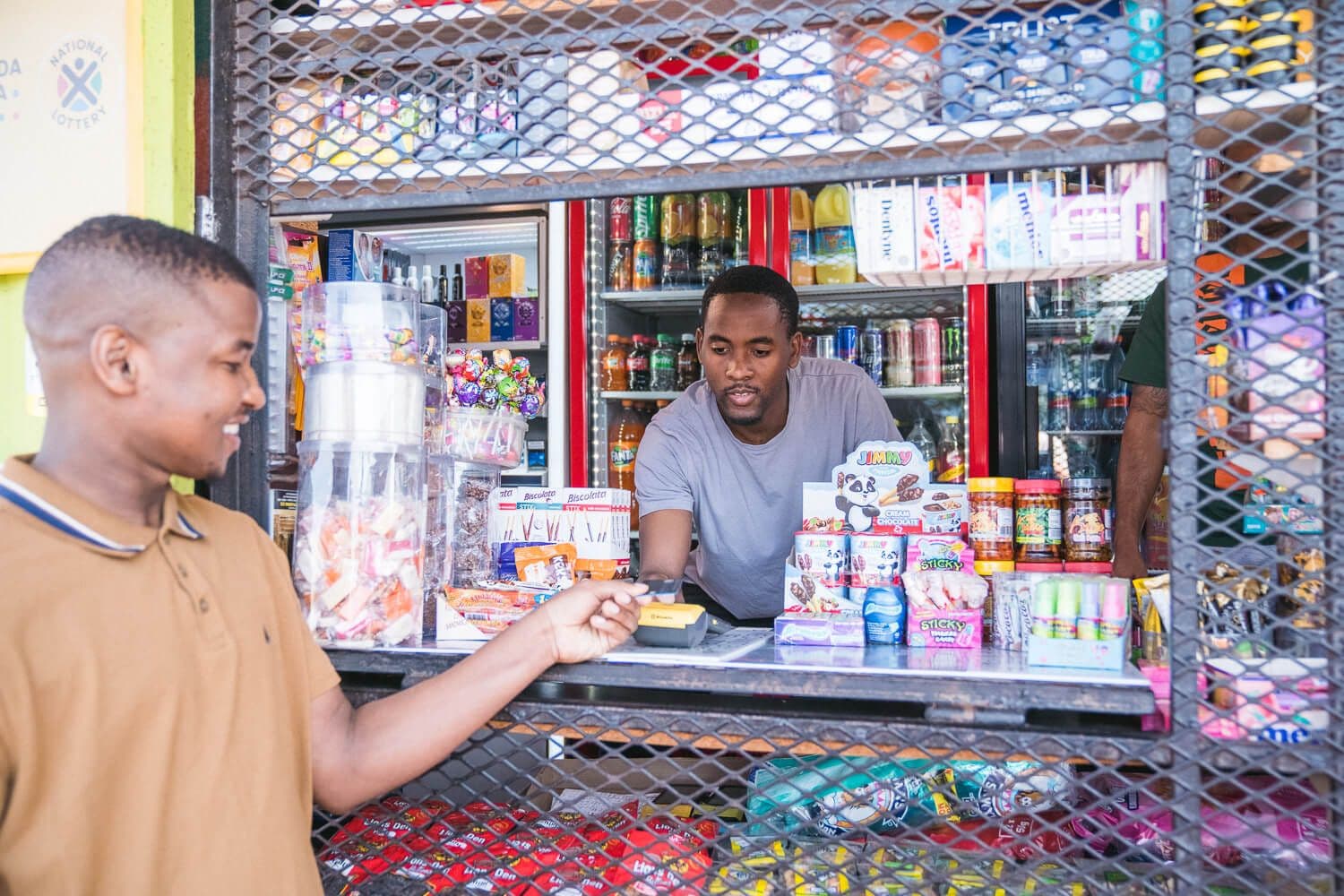
What is Consignment? A Guide for Your Small Business
Selling on consignment bridges that gap between your product and your audience. Here's all you need to know to get your brand on the shelves.
BY Sarah Heron
Table of Contents
- Introduction
- What is Consignment?
- How Does Consignment Work?
- Real-Life Example
- What is Consignment Stock?
- What is a Consignment Shop?
- What Products Work Well on Consignment?
- The Advantages and Disadvantages of Consignment
- Advantages
- Disadvantages
- Making the Most of Selling on Consignment
- 1. Educate the Seller
- 2. Create Packaging That Pops
- 3. Spread The Word
- Collaboration is the New Competition
Got a product you believe in, but not quite ready to rent a store? Or maybe you’re a store owner looking to offer your customers more variety without the upfront cost?
If you are the one with the goods or the one with the shelves, understanding what consignment is could be the game-changer your business needs.
Let’s break it down.
What is Consignment?
At its core, consignment is a business agreement between two parties:
• The consigner: the person or business that owns the product.
• The consignee: the store or seller who agrees to sell the product on the consigner’s behalf.
The consigner drops off their products at the store and the store only pays for the items once they’re sold. It’s a win-win setup that allows both parties to test the waters without diving in headfirst.
The word consignment comes from the French word “consigner,” which means “to deposit.” If you think about it like that, it makes sense that consignment has a lot to do with depositing or dropping off products.
How Does Consignment Work?
Consignment works through split negotiation. This agreement can go a few ways depending on the product and the store in question.
To break it down simply for you:
1. The consigner approaches a store (or vice versa) and pitches their product.
2. Both parties agree on a split, often 50/50, but 60/40 or 40/60 are also common.
3. The consigner delivers the stock.
4. The consignee sells the product.
5. Once sold, the agreed percentage is paid to the consigner.
Real-Life Example
You sell hand-made packaging-free hair products, and so far, you only make online sales. This is a pity because your product is beautiful, and you’ve noticed that sales are higher when customers see the product in real life.
You identify a store that sells other organic and plastic-free products, they think you’re a class act, and you both decide to enter into a consignment agreement.
You send them 50 units to place on their shelves and agree to do a 50/50 split. Your product goes for R150 at retail price. Within the first month, 40 units have been sold, which amounts to R6000. Because you have arranged a 50/50 split, once the products are sold, you receive R3000 from the consigner, and they keep the other R3000.
No rent, no risk, just revenue.
What is Consignment Stock?
Consignment stock refers to the inventory that’s been delivered to the store but still belongs to the consigner until it’s sold. It’s a great way for retailers to expand their product range without upfront costs and for suppliers to get shelf space without signing a lease.
What is a Consignment Shop?
A consignment shop is a store that specialises in selling goods on behalf of others. These shops often stock second-hand, vintage, handmade, or niche products. Think thrift stores, artisan boutiques, or curated lifestyle stores.
They’re perfect for small business owners who want exposure without the overheads.
What is a Consignment Number?
A consignment number is a unique tracking code assigned to a batch of consigned goods. It helps both the consigner and consignee keep track of what’s been delivered, what’s sold, and what’s still on the shelf.
It’s especially useful when managing multiple products or locations.
What Products Work Well on Consignment?
Selling on consignment can work for any business, provided you sell actual products, and you’re not a service-based business. Some common products sold on consignment include:
• Handmade goods (jewellery, candles, skincare)
• Clothing and accessories
• Art and prints
• Books and stationery
• Home décor
• Eco-friendly or niche lifestyle products
The Advantages and Disadvantages of Consignment
The great thing about consignment is that it is a mutually beneficial agreement – it benefits both parties if done correctly!
Advantages
For the Consignee (Store Owner)
- Stores don’t need to pay upfront for inventory and only pay after a sale has been made.
- Diverse stock that brings new customers through their doors.
- Retailers can test out a product without investing a huge amount of money in the stock.
- Consignment inventory is easily replenished - as it goes, new stock comes in.
For the Consigner (Products owner)
- Suppliers have the opportunity to test whether their product sells well in stores without providing huge amounts of stock.
- Your product gets extra face time with the customer.
- Seasonal stocking.
- No shipping or packaging costs.
- All the benefits of being on the shelves, minus the rent.
Disadvantages
For the Consignee
- Pressure to sell products and provide consigners with an income.
- May be responsible for unsold products (which could come with disposal fees).
For the Consigner
- Lack of freedom over how the product is presented.
- Consignees may not be able to answer customer questions surrounding the product.
- Money is only received once products are sold, which can be tricky to predict at first.
Making the Most of Selling on Consignment
1. Educate the Seller
As a business owner, you know your product from back to front. It’s imperative that the staff selling your product know as much about the brand as possible. How did you start? What is your brand story? How does the product work? Spend some time with store staff to make sure all your bases are covered in order to secure the sale.
2. Create Packaging That Pops
Remember, your product may not have centre stage. It will be placed amongst other products, and it’s your job to make sure it doesn’t get lost in the clutter.
If you’ve predominantly been selling online, packaging may be simpler. You can photograph your product and send it off individually, but it may not translate as well in an aisle or on a shelf. Think about tweaking your packaging to suit the outside world. It will make all the difference.
If you need a gentle push in the right direction, this one’s for you: A Guide to Branding a Small Business
3. Spread The Word
Don’t wait for people to stumble across your product. Wouldn’t you rather have people seek it out? Send out mailers, newsletters, and post on your socials about where your products can be found in store.
It’s possible that you will be able to create collateral to go in-store, depending on the agreement you have with the consignee. Posters, brochures, and in-store radio ads or announcements are excellent ways to let shoppers know where to find you.
Collaboration is the New Competition
Collaboration is a beautiful way of bringing small businesses and South African entrepreneurs together to showcase their hard work.
It’s for the retailers trying to boost their hustle and bring exciting things to their community. For the full-time hustle entrepreneurs who are testing, sewing, branding, launching, relaunching, and finally bringing their project to the people.
When businesses work together to do better, incredible things tend to happen.
Want to grow your business? Check out iKhokha's iK Cash Advance and iK Prepaid.





















